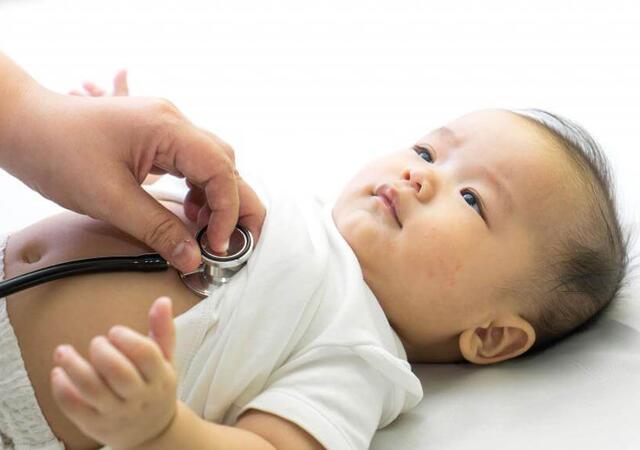August 7, 2025
By Amelia Boldrick and Elizabeth Pugh
This month, the UK Medicines and Healthcare products Regulatory Agency (MHRA) published a report on adverse event (AE) reporting in digital mental health technologies (DMHTs) and the development of related updates to regulatory guidance.
Background: PMS
The MHRA report follows the new post-market surveillance regulations that took effect last month, and in this context, comments on updates to the device-specific vigilance guidance on reporting incidents involving software as a medical device (SaMD).
Background: DMHT
DMHTs represent a subset of SaMD and include an array of therapeutic and diagnostic products such as mental health apps, artificial intelligence-driven assessments and virtual reality therapy. Fundamental to medical devices, DMHTs must have a medical purpose. As expected, for many new DMHTs, clinical investigations are likely required to provide clinical data to support safety and effectiveness.
Inadequate DMHT AE reporting in clinical trials
A 2023 JMIR Mental Health study (Gómez Bergin et al) reveals that just 26% of clinical trials involving DMHTs reported AEs in primary results publication. When AEs are reported, significant variation in categorization according to seriousness, relatedness and expectedness exists.
MHRA report response
The MHRA acknowledges that remote delivery of complex technological interventions may impede the identification of reportable events, both from a clinical trial and post-marketing surveillance (PMS) perspective.
In response, MHRA highlights several examples of DMHT malfunction and unsuitable treatment delivery, leading to serious incidents, drawn from their SaMD reporting guidance.
Improving medical device safety
As we’ve reported previously, identifying AEs that occur during clinical investigations in a manner compatible with the identification of AEs post-market may help avoid unexpected changes to the benefit-risk profile of a device after it is placed on the market.
Developing a post-market surveillance system (PMS) and tracking events and reporting incidents is a critical element of the QMS of a medical device manufacturer. PMS is the future of a medical device enterprise.
Our regulatory experts have a wealth of experience with SaMD and devices of all types across each phase of the product lifecycle. We also offer tailored PMS strategies.
Request more information from our specialists
Thanks for your interest in our products and services. Let's collect some information so we can connect you with the right person.






